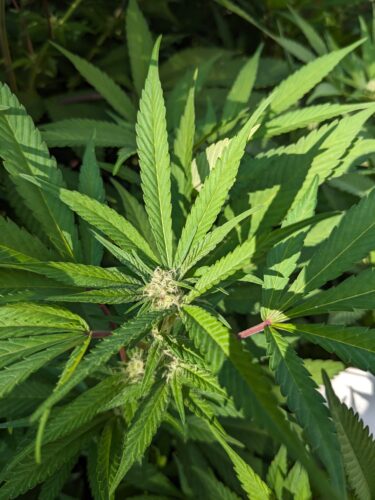High Times in the Grand Canyon State: Navigating Arizona’s Marijuana Landscape
In recent years, Arizona has seen a significant shift in its stance toward marijuana use, both medically and recreationally. This shift has not only altered the social landscape but also raised pertinent questions about its impact on various aspects of society. Let’s delve into the intricacies of marijuana legalization in Arizona, exploring its legal status, regulations, societal effects, and even its influence on the real estate market.
Marijuana Legalization in Arizona: A Timeline
Arizona made a landmark decision in 2010 by legalizing medical marijuana use. However, it was in November 2020 that voters approved Proposition 207, officially allowing recreational marijuana for adults aged 21 and older. This move marked a significant turning point, aligning Arizona with states that embrace both medical and recreational cannabis use.
Navigating the Regulations: Medical vs. Recreational Use
For medical marijuana, patients with qualifying conditions can obtain a Medical Marijuana Card, allowing them to purchase and possess cannabis products from state-licensed dispensaries. The regulations for medical marijuana use are well-established, ensuring safe access for patients in need.
Recreationally, adults can possess up to one ounce of marijuana and cultivate up to six plants for personal use. Smoking in public places, however, remains prohibited, aligning with the state’s strict anti-smoking policies.
Purchasing Marijuana in Scottsdale: Dispensaries and Access Points
In Scottsdale, numerous dispensaries cater to both medical and recreational users. These establishments, regulated by the Arizona Department of Health Services, offer a variety of cannabis products, ensuring accessibility for those seeking relief or recreational enjoyment.
Demographic Shifts: Who’s Using Marijuana and Why?
The landscape of marijuana users is evolving. While traditionally associated with younger demographics, the largest growing user group comprises middle-aged and older adults. Many individuals within this group turn to marijuana for medical reasons, seeking relief from chronic pain, anxiety, or other health issues. However, recreational use also plays a significant role, reflecting changing societal attitudes.
Impact on Migration and Property Values
Arizona has witnessed an influx of individuals moving to the state, drawn by the prospect of legalized marijuana. This migration, coupled with the state’s overall appeal, has contributed to the real estate market’s growth. However, directly attributing this growth solely to marijuana legalization is challenging, as various factors influence property values.
Conclusion: The Green Wave’s Ripple Effect
The legalization of marijuana in Arizona has undoubtedly ushered in a new era. It has provided relief to medical patients, recreational enjoyment to adults, and economic opportunities for businesses. While it has contributed to the state’s appeal, its direct influence on property values remains multifaceted, intertwining with a tapestry of societal shifts and economic dynamics.
As Arizona navigates this green wave, it does so with careful regulation and a watchful eye on its impact. The evolving landscape not only reflects changing attitudes toward cannabis but also underscores the importance of a nuanced approach to legalization—one that balances societal needs, economic growth, and the well-being of its residents.

Whether you’re enjoying marijuana for relaxation or for therapeutic purposes, let’s keep it classy and conscious! Be the joint-ly responsible connoisseur that you are and always keep an eye out for the well-being of your fellow buds!